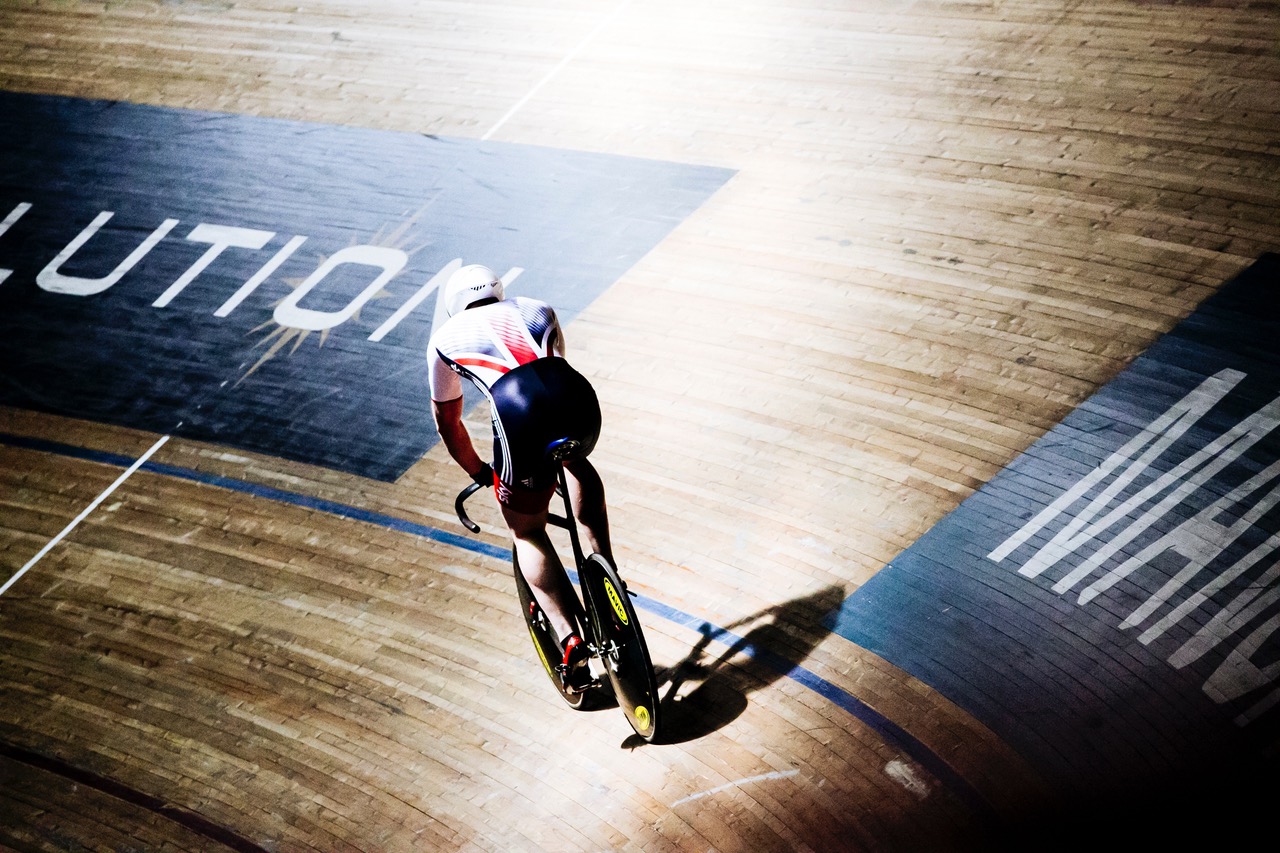


- BLOG
- Performance
7 performance-boosting habits top Olympic athletes have in common
Olympic athletes are the best in the world at what they do.
They dedicate their lives to reaching the top levels of their chosen sport, knowing that they’ll have just a few moments to put their years of work to the test.
Right now, we’re seeing athletes like Mikaela Shiffrin put their training to work at the Winter Olympics. Two years ago, we got see some of the world’s greatest athletes — like Katie Ledecky and Michael Phelps — put their skills on display at the summer games.
These athletes have cultivated habits that are essential for reaching peak performance in sports — or really, any aspect of life.
Most of us may not have the combination of genetic gifts, motivation, talent, and training needed to become Olympians. But we can still learn from these habits.
These are some of the most important performance-related habits that top Olympians have in common.
They’re comfortable with being uncomfortable.
On the most basic level, the top performers in any sport are going to have to push themselves harder than anyone else if they’re going to win out. And that’s going to hurt.
As Alex Hutchinson writes in his new book “Endure: Mind, Body, and the Curiously Elastic Limits of Human Performance,” researcher Samuele Marcora’s definition of effort is also one of the best ways to understand endurance. It’s “the struggle to continue against a mounting desire to stop.”
For athletes at the Olympics, that’s the key. But that ability is even more important for the years of training that get people to the top levels.
That sheer toughness is particularly on display when you look at athletes like Lindsay Vonn, who has recovered from injuries and gotten back into competition shape. Vonn suffered through multiple ACL tears, broken bones, and more, all to go on and become one of the most decorated skiers of all time.
They eat enough to fuel what they need to do.
Forget the idea of limiting calories to try to develop an Olympic body. Top athletes know they can’t build muscle and sustain the performance they have to if they don’t eat enough.
Most athletes try to eat at least a healthy diet — despite stories about competitors like Usain Bolt subsisting purely on McDonald’s during the games.
But they eat plenty.
Even as he improved the nutritional content of his meals from the 2008 Olympics to the 2012 games, Michael Phelps continued to at least pack on the calories, giving himself enough fuel to add to his medal count. Athletes like Mikaela Shiffrin consume 3,000 calories a day, making sure they get enough carbs in every meal to provide steady fuel.
Balance and moderation are key, according to Shiffrin. But so is pasta.
They sleep well and then take a nap.
Athletes take the opposite approach from the “sleep when you’re dead” crowd.
They know that if they’re actually going to perform at a top level, they need to get enough rest to build stronger muscles and have their brains convert new skills from short-term memory to long-term memory — so those skills can eventually become instincts.
“Rest isn’t lazily slothing around; it’s an active process in which physical and psychological growth occurs,” Brad Stulberg and Steve Magness write in their recent book “Peak Performance.”
US Ski Team star Mikaela Shiffrin, who is on track to become the most decorated skier in history, tries to get in an hourlong nap every day even though she gets an average of nine hours of sleep every night.
Practice doesn’t make perfect, but deliberate practice does.
Top athletes try to put in more hours of training than everyone else. But it’s not just time that helps them get better at what they do. It’s focus.
As Stulberg previously told Business Insider, athletes need to practice while focusing on each move they make.
“After all, you can’t make something better if you aren’t aware of it in the first place … In the case of a world-class athlete, the more awareness, the more likely you are to master that movement so it eventually becomes unconscious,” he said.
That’s what you see with athletes like Shiffrin, who has talked about learning to master every turn on every patch of snow and ice. You see the same thing with athletes like Mirai Nagasu, who taught herself to master one of the toughest moves in figure skating by drilling down day after day.
Find the thing that give you a (legal) edge.
At the top levels of any sport, the difference between a medalist and someone who fails to make the podium might just be a fraction of a second or a few inches of air.
And after all the training is done, there’s still a psychological edge that can make a difference. To get that edge, a number of athletes turn to techniques that may provide a real (or placebo) performance boost — either way, it can help.
Some athletes rely on tape that could reduce pain. Others rely on uniforms that make them feel faster or even brain zapping devices that might help them hang on a little longer. It’s unclear whether many of these devices really work, but if athletes think they do, they might be enough.
Or you could go with snowboarder Chloe’s Kim’s preferred nerve-settling food.
As she tweeted on the day she won the gold medal in the halfpipe competition, “Oh and I also had 2 churros today and they were pretty bomb so if you ever get nervous go eat a churro.”
Know that you can do more than you think.
As Hutchinson discusses in his book, “Endure,” many experts think the limits on human performance aren’t physical as much as they are mental.
That may be why humans continue to achieve more and more, breaking whatever barriers used to exist in various sports.
Kenyan marathon runner Eliud Kipchoge, who won gold in Rio and who in 2017 came closer than anyone ever to breaking the two-hour marathon barrier, explained that believing it could be done helped him run that 26.2 miles significantly faster.
“The difference only is thinking,” Kipchoge said. “You think it’s impossible, I think it’s possible.”
The best athletes are self-motivated
If you’re going to achieve the most, you need the desire to get there. And as Stulberg tells Business Insider, many of the people who have the healthiest and longest-lasting relationships with their sports have an internal desire for self-mastery.
Motivation is always going to be a struggle between external pressure and an internal motivation to achieve something. But cultivating that internal motivation is key for all of these habits.
That’s probably why Shiffrin’s reported mantra while working out is “motivation comes from within.” It’s what Michael Phelps describes seeing in world-class swimmer Katie Ledecky, who has a motivation Phelps says he’s only seen a few times ever in the sport.
“She’s someone that’s very goal-oriented,” Phelps told Business Insider. “When she writes a time down or she writes a major milestone down, she’s gonna do whatever she can to make sure that happens.”
Originally published at www.businessinsider.com
